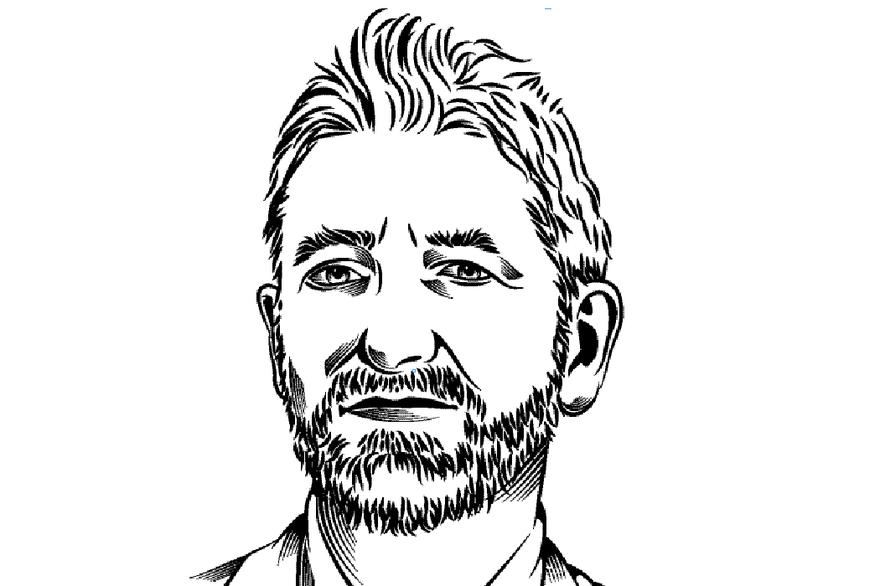So, what happened to data centers in 2015? A lot of underlying trends have started to bite. Data centers are now on the edge of the network, and at the heart of the political agenda.
Fundamentally on DCD we see three kinds of story. There are technology developments aimed at making data centers work better, there are business developments, usually mergers and sell-offs, and then there are those other stories, where data center impinge on the rest of the world.
Getting our house in order
Within the industry, we’ve seen great creativity. This year we saw ASHRAE take on humidity in a bid to push data centers towards greater efficiency. I was also surprised to see after all these years, yet another bid to redefine the venerable PUE (power usage effectiveness) standard.
There has been a proposal to replace the UPS with batteries in servers, and a suggestion that the UPS could give back to the grid at peak demand times.
We’ve seen efforts to allow data centers to use less water, even making floating data centers which effectively use none.
We’re still hearing of improvements in liquid cooling, and new ”cloud heating” players are emerging offering to break data center work down into domestic sized blocks, which can be used to heat buildings.
The business deals
The big business deals of the year included Equinix’s $3.5 billion acquisition of Telecity, consolidating the global market for colocation a little more. This was a match that took place prinicpally because it was provoked, by the threat of a proposed $2.2 billion merger between Telecity and Interxion, which would have created a European player big enough to be serious competitiong to Equinix on the world stage.
The year had started with Equinix finally becoming a REIT (real estate investment trust), a move giving it tax advantages.
Meanwhile, the well established REIT, Digital Realty, showed through its purchase of Telx, that it intended to include retail as well as wholesale space in its business - a decision which will probably cause some shivers down the spine elsewhere.
A few vendors made well-publicized moves to get out of the business of actually owning data centers, in particular telcos, which had previously argued that there was great synergy between data centers and telecoms services, now decided the reverse.
Led by India’s Tata and Windstream of the US, there is a definite trend for telcos to sell off their data center space.
Taking on the world?
Looking outside the building, data centers seem to be interacting more with the communities around them. Early in the year, we heard of a protest in Virginia over the power lines demanded by a new Amazon data center, and later on in France, protests briefly led to an order to close down an Interxion data center, that was later reversed.
This is all the more likely to happen, as data centers move to the edge, to deliver content quickly and manage the Internet of things. We need to see data centers that are part of the communities where they are placed.
Data centers impinge on local communities directly in the taxes they pay. As long as data centers are seen as desirable businesses, they can demand tax reductions. Operators have been successfully playing US states off against each other to get some rock bottom deals.
Most recently Michigan offered tax exemptions to get a $5 biillion Switch data center into a site previously occupied by furniture maker Steelcase. Exemptions are also offered in Oregon, North Carolina and other states.
In a sense, data centers are now economic migrants, going where the economic conditions suit them best.
They are also driven by forces of data protection, privacy and sovereignty. Russia ruled that its citizens’ data should remain in its borders, which means that the big players suddenly need data centers on Russian soil,
And the end of the Safe Harbor agreement means that US data centers aren’t considered safe enough for EU citizens’ data, a change expected to trigger a boom in data centers within Europe.
The year closed, with green issues getting the biggest possible stage, when world leaders made extravagant promises at the COP21 Climate Summit in Paris. They weren’t backed by real legal commitments, and will only bear fruit if people follow their spirit. And that includes data center people getting active and realistic about their contribution.
I’d sum up 2015 as a year when the industry has been more creative than ever, business has been fierce, and political issues have been gathering.
Next time, I’ll look at how this might play out in 2016!
Parts of this article appeared on Green Data Center News





